|
Following on from the account on this blog of the Painting Week, held at the new Saros Centre in Buxton in 1979, comes a report on the first course that was run there. Like the previous report, it appeared anonymously in the first Saros newsletter. As I can affirm, the intensive week of scrubbing, sanding and painting at Buxton had made the centre fit for habitation. In terms of furnishing, we ordered a truckload of less-wanted and very cheap items of furniture from an antique dealer contact in Cambridge. Once the motley collection of iron-framed beds, utility-style cupboards and plain but sturdy chairs was in place, the centre was still no luxury hotel, but adequate to welcome the participants for the Kabbalah course. (A policy of ‘bring your own sheets’ was adopted in the early days.) It wasn’t the first such residential course; the year before one had been held in a school premises at Playford, Ipswich. That was in fact the occasion that the name ‘Saros’ was chosen for the budding organisation. It was something of a family occasion too, since many of us had small children in tow, and it was a juggling act keeping them happy, fed and watered along with following a demanding routine of activities and meditation. At Buxton children were allowed to accompany their parents on some of the courses, but with child minders to keep them occupied during the day. A pleasant chaos sometimes resulted. Most of the work, in terms of cooking, cleaning and refurbishing, was carried out by Saros members, but local cooks were sometimes brought in to take the pressure off on longer and more intensive courses. One of the elements we worked on during the Playford course was carried forward to this first Buxton course, as described below: that of painting squares, circles and triangles in different combinations. I can vouch from my experience at Playford that it seemed tedious to start with, but it focused the mind in a more abstract frame, and became curiously soothing after a while. It provided a foundation for the many investigations and constructions of diagrams that were to come. I was not present at the Buxton course, so hand over now to the anonymous author to describe his or her experience. Cherry Gilchrist The Two Week Kabbalah Course at Buxton, 11 - 26 August 1979 From 11th to 26th August a two week intensive Kabbalah course was held at the newly opened Saros Centre, in which nineteen people took part. The key theme of the course was the understanding of the ways in which the three forces operate throughout creation. On a personal level the central aim was to enable those participating to achieve new perceptions of themselves - their inner motivation, and spiritual commitment. This was achieved in three ways. First, the course itself was arranged in a constantly changing pattern to break down learned responses and to prevent the development of a course ‘routine’. Secondly, great stress was placed on heightened personal awareness of physical actions and inner emotional states. Thirdly, there was a broad exchange of views through a series of lectures given by each participant on particular lines of work and personal disciplines. The latter covered such topics as Jungian archetypes, mandalas, the law of three, the Buddhist concept of Citta, neuro-physiology, the architectonic structure of the ‘Heavenly City’, Meister Eckhart's concept of the Divine, Plato's teachings, musical harmonics, black holes, ‘time’ in English literature, the history and practice of a Javanese spiritual community, and a sentence by sentence analysis of the Yoga Sutras of Patanjali. The only set group activities which occurred on a regular basis were the morning group movements (the Gurdjieffian ‘stop’ exercise), the painting class (drawing out combinations of squares, circles and triangles to achieve an understanding of the working of the three forces), and the evening sessions when the group was split into three sub-groups (each chaired by a leader) in which sharply delineated personal examples were elicited to test daily awareness of physical and emotional states. Interspersed with these recurring group activities and exchanges of view through lectures, there were a series of physical exercises such as Morris dancing, singing, painting the outline of the Saros mandala illustrating how the law of three becomes the law of twelve, Kung-Fu, Dai-Chi, and long walks in the wooded hills surrounding Buxton. The course also included a 36 hour vigil and a pre-breakfast hike of 10-15 miles through the Derbyshire dales, which tested individual physical discipline and the ability to cope with loss of sleep by excluding negative emotions. The pace was intensive. Every moment of the day was filled. Besides group activities, cleaning duties had to be carried out on a rosta basis and space had to be found for personal practice in the morning and evening. Only Wednesdays were left free, a curious mid-week sabbath, which helped to heighten the sense of disorientation from previous routines built up in outside life, and wore down instinctive emotional defences. Many of the most important break-throughs (in terms of personal insights into individual short-comings and negative habits) occurred immediately after the last Wednesday break. All were forced to take stock of their most deeply ingrained attitudes, so that important adjustments could take place at an internal level to create the optimum conditions for continued spiritual growth. Such rapidly induced change is not comfortable to bear on an individual level. But the presence of others visibly experiencing similar realignments of consciousness made the changes easier to endure and coalesced feelings of group solidarity. Even during the early stages of the course when many participants were still clinging to a set view of how things ‘ought to happen’, there were remarkably few feelings of negative emotion. By the end of the fortnight, when carefully maintained equipoise had long since crumbled, a richer sense of understanding and group empathy had already begun to take root. On another level, the absence of petty personal friction was striking. Nineteen people were able to live in close proximity over the two week period with only basic amenities (one shared bathroom for example) without major clashes of temperament. Indeed, no one felt obliged to clean out the abominably dirty electricity cupboard under the stairs, a local version of the Calcutta black hole, to which those who judged themselves guilty of temperamental excesses were directed. The ability to transcend minor disagreements is one of the marks of a well-run course dedicated to the highest aims. Finally, the fortnight helped to ‘charge up’ the newly acquired Saros Centre. The residual atmosphere in the rooms of cold institutionalism (the place had previously served as a Further Education Centre for training typists) was soon replaced with eddies of swirling energy. This was particularly the case with the large meeting hall and lecture room, perhaps the most difficult of all the areas to imbue with light and resonance. The meditation room, a fine bow-windowed space overlooking the slate rooves of Buxton, had also been given a stately peaceful atmosphere, and had become a place where one felt protected and at ease in practice. The general setting of the Centre is superb, commanding as it does a view across the town to the ring of wooded hills surrounding Buxton and the sterner outcrops of the Peak District beyond. Even the Biblical names in the Ordnance Survey Map of prominent geographical features in the adjacent landscape, the Lord's Seat, Jacob's Ladder, Solomon's Temple (a squat hill tower built by a local worthy to provide work for the Buxton unemployed in the 1880's) and the Priest's Hold (a deep cave) add to the local atmosphere. Moreover, the curious juxtaposition of the Centre itself which is situated on two floors above the local branch of the British Legion is entirely appropriate, for it is often the case in spiritual work that seemingly unlikely places become important centres of light. One has only to think of the Findhorn Centre founded in the midst of a municipal caravan site on the bleak north-east coast of Scotland, and the present centre for a major spiritual group in Indonesia, which sometimes meets in what was once the main hall of the Dutch police headquarters in Jakarta.
Much work still remains to be done in relating the activities of the Saros Centre to the needs and aspirations of the local inhabitants of Buxton. But a start has already been made and the seeds of future contacts have been planted. Meanwhile, for the Kabbalah groups in Manchester, Cambridge, London and Oxford, the centre can now serve as a focus for group endeavour. May the individual members evince sufficient energy and determination to carry forth the work.
0 Comments
Leave a Reply. |
AuthorsArticles are mostly written by Cherry and Rod, with some guest posts. See the bottom of the About page for more. A guide to all previously-posted blogs and their topics on Soho Tree can be found here:
Blog Contents |
Proudly powered by Weebly
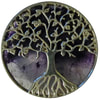
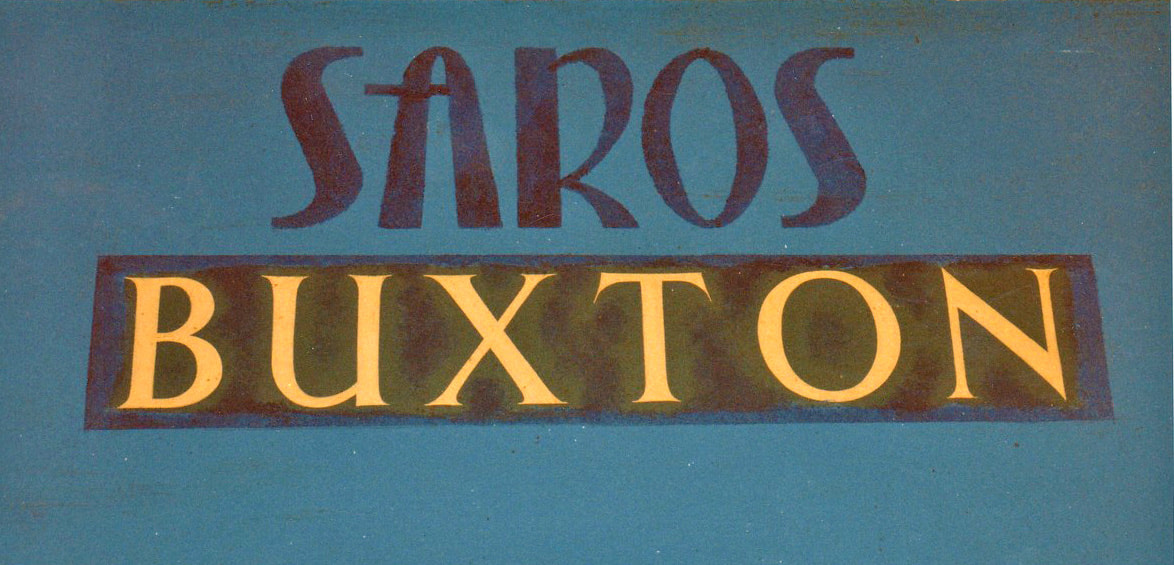
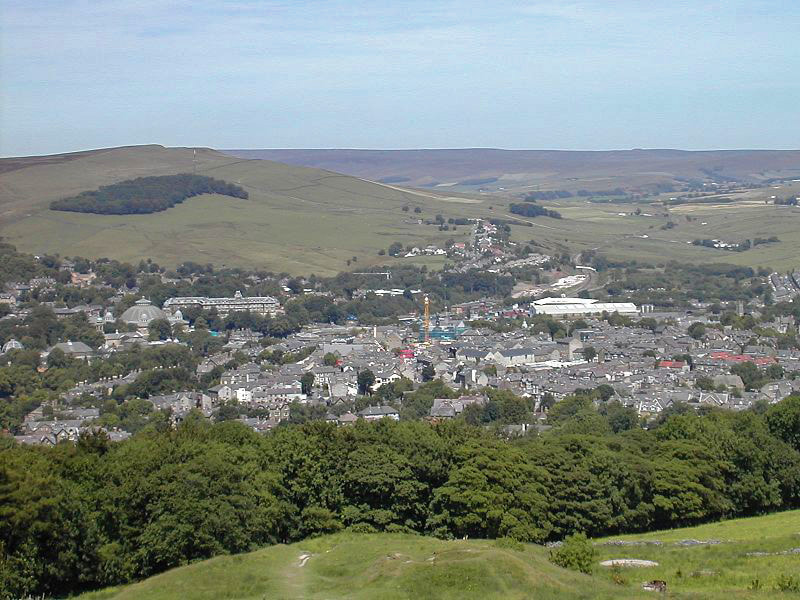
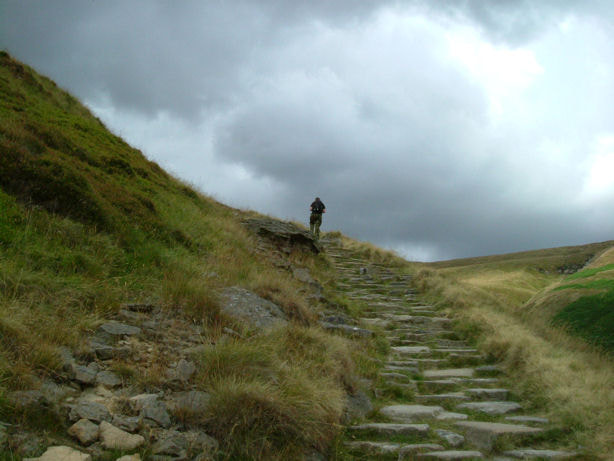
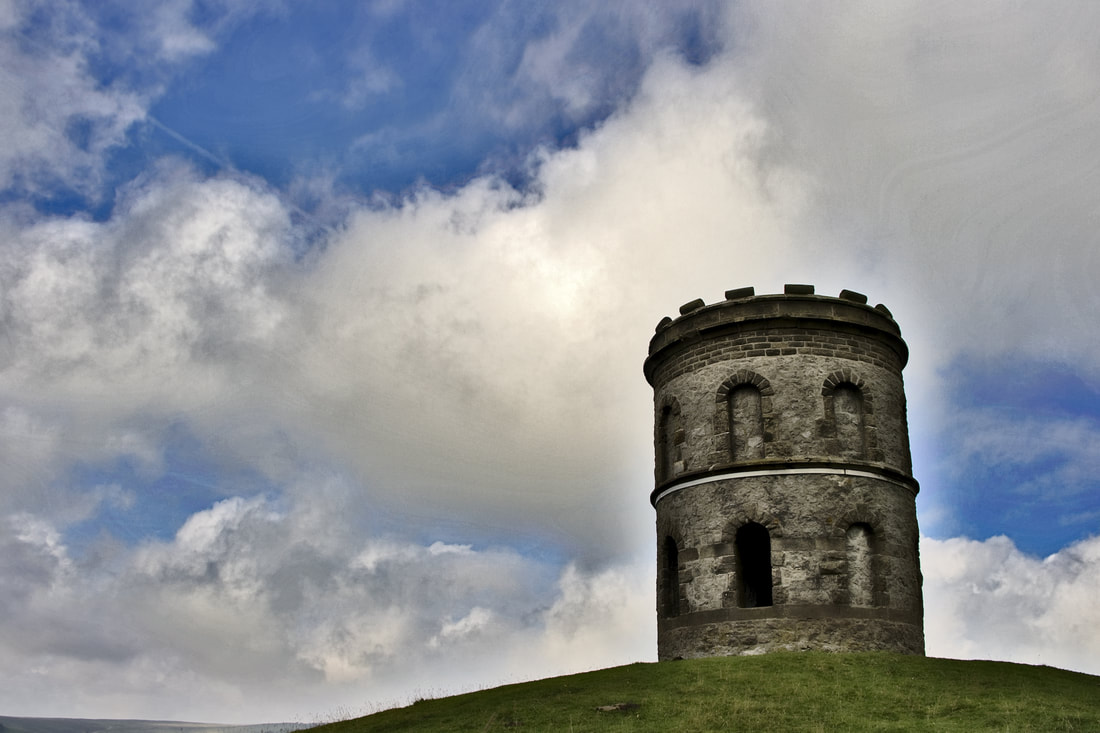
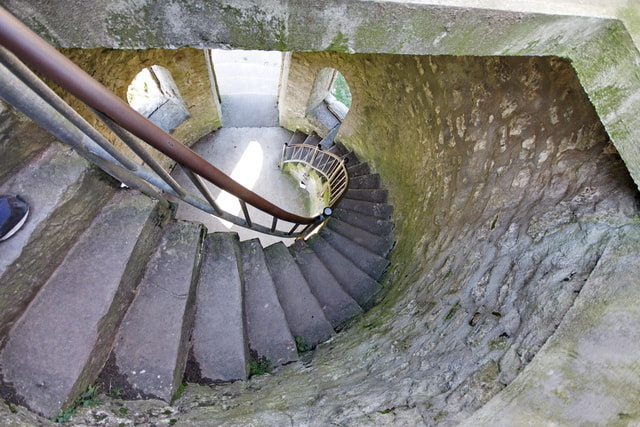
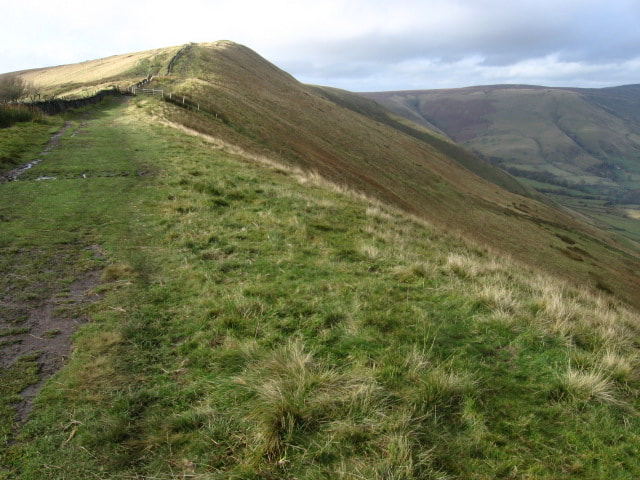
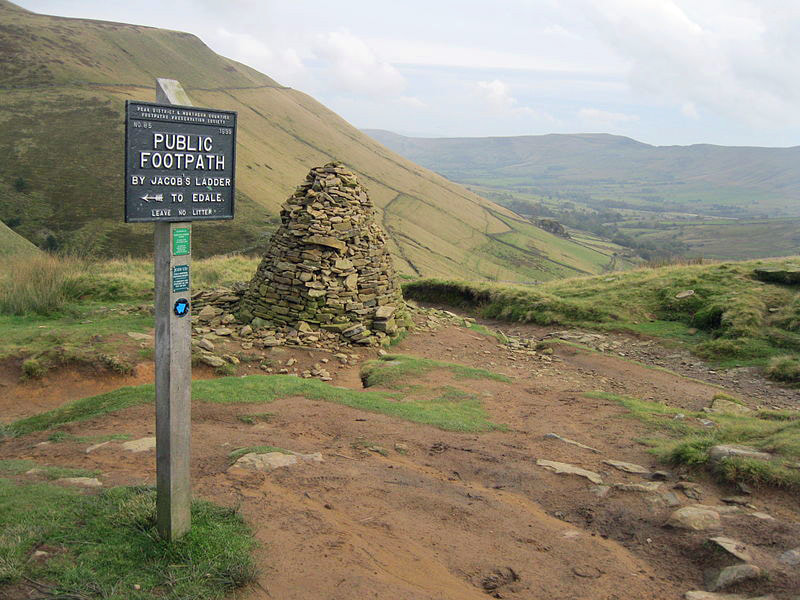
 RSS Feed
RSS Feed